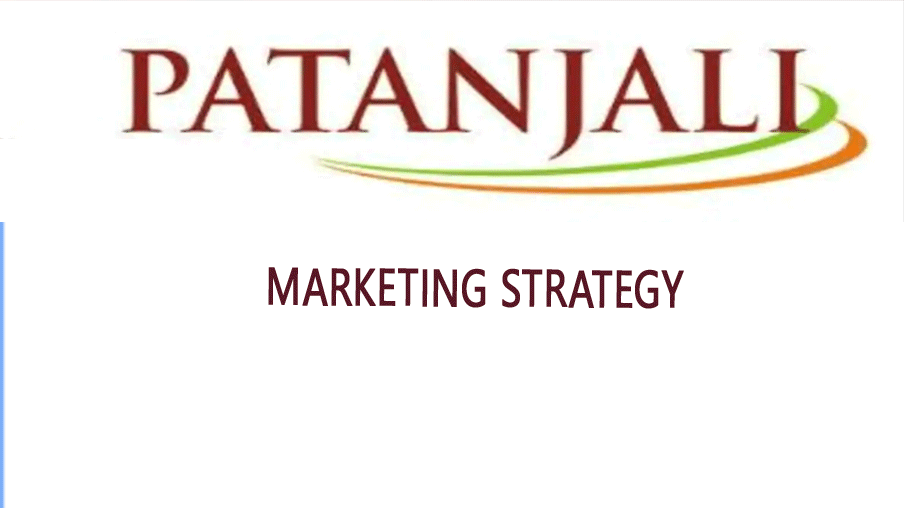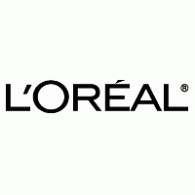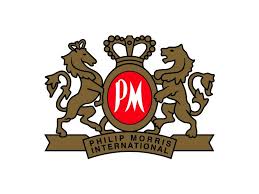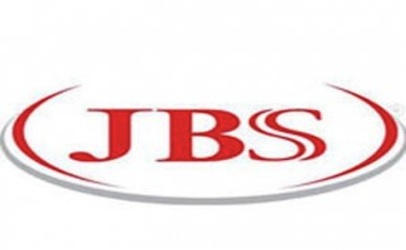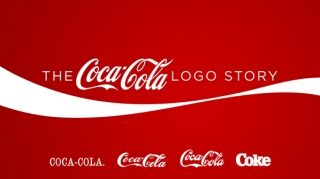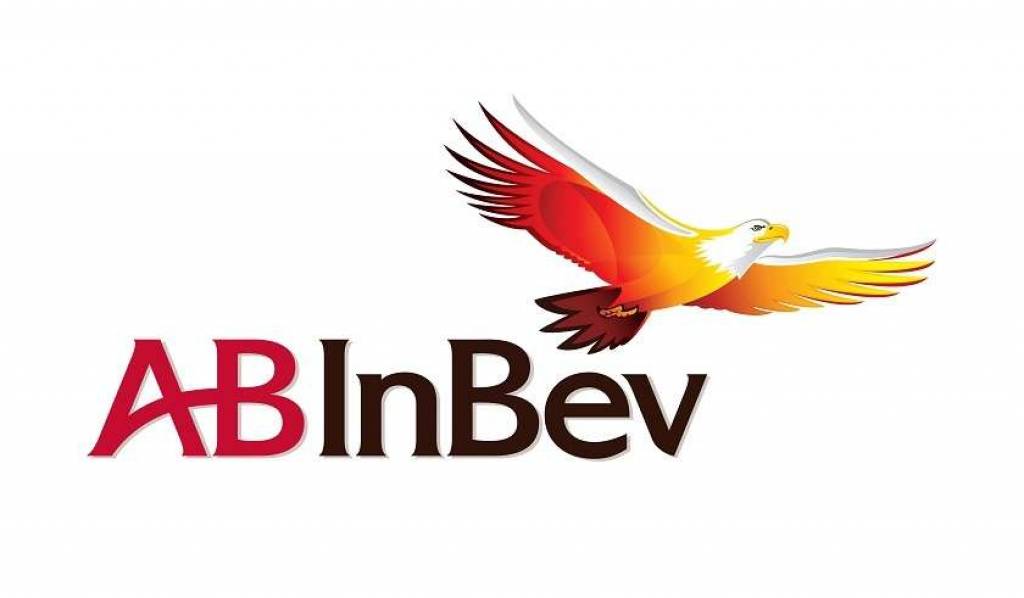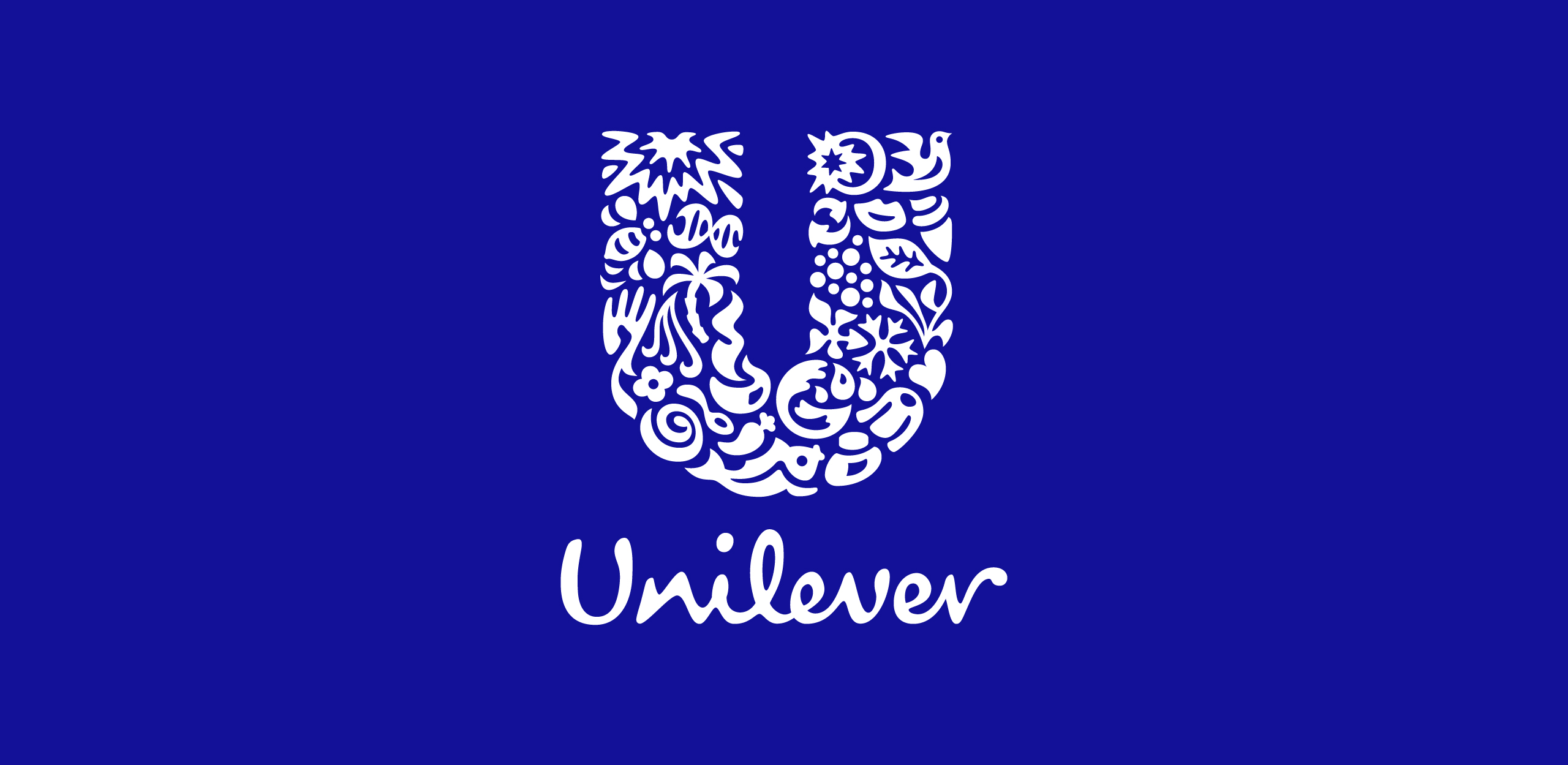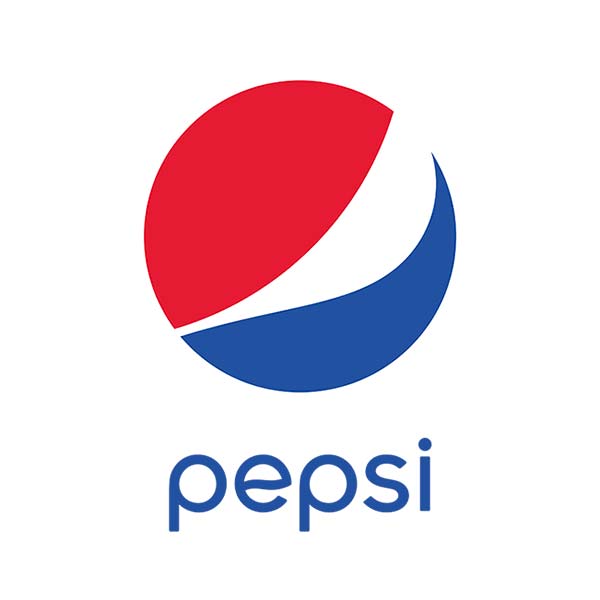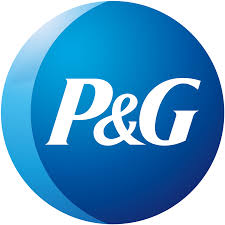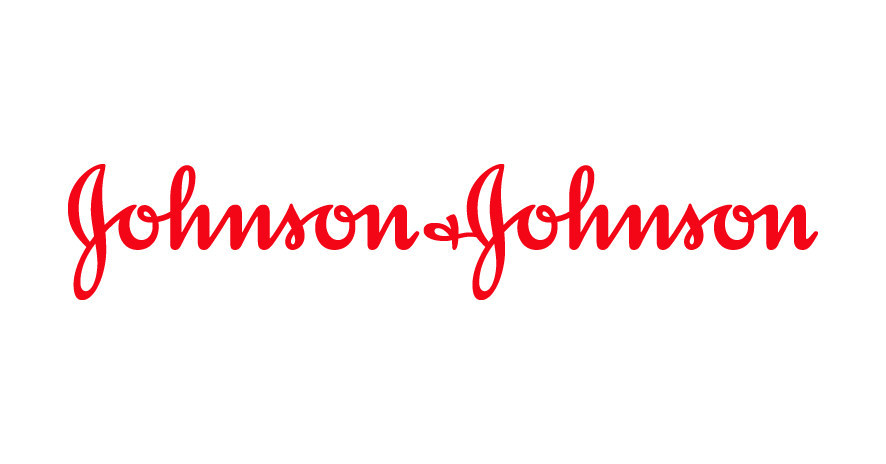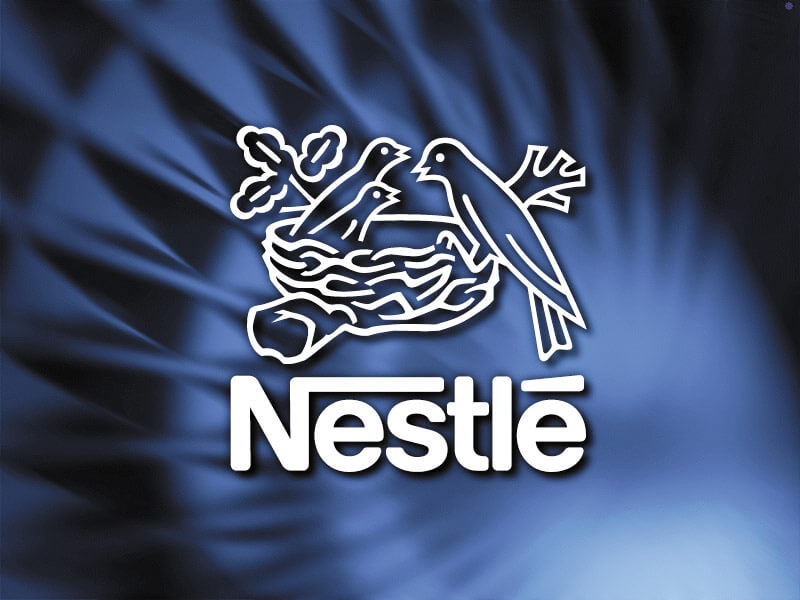Patanjali Marketing Strategy | Marketing Strategy of Patanjali
Patanjali is a well-known FMCG company for the last ten years with rapid growth in India due to marketing strategy. according to HSBC and CLSA data. It was founded by yoga guru (Ramdev Baba) and Acharya Balkrishna in 2006. Since then, it has started emerging as a prominent FMCG company in the market through a large ratio of deep assortments and products. Manufacturing units of this company are not limited to Haridwar but outside India too, like in Nepal, it is available under the Nepal Garmudyog trademark. Its premium products are herbal and mineral-based.
Essential Factors in the Patanjali Marketing Strategy:
Targeting, Segmentation, and Positioning:
Like all other FMCG players, the strategy of Patanjali is also a combination of psychographic and demographic segmentation strategies, which are helpful in making its products offered relevant to a different set of customers. It does not use a differentiation-based system for targeting because its prime goal is to provide healthy products for everyone. Its positioning strategy is value-based and product-based, fulfilling the aim of health-based satisfaction and trust establishment in the customer’s mind. Its tagline is “Prakriti-ka-ashirwad.”
Competitive Advantage | Patanjali Marketing
Baba Ramdev is a prominent yoga guru. He is the herbal product promoter of Patanjali. Thus, it gives a significant benefit over other FMCG players. It has 400+ products with varied SKU, consisting of natural and herbal components, helping this company provide customers with different products. So, its business objective is the availability of cost-effective products with superior quality making them practical for its success. This company is spending a negligible amount on advertisements or promotions, which results in low and affordable prices in the market.
BCG Matrix | Patanjali Marketing
Different parts of business segments like Ayurveda products, health care, cosmetics, home care, and food packaging show stars in the BCG matrix. Their market demand is high and the acceptability of products is enhancing.
Distribution Strategy | Patanjali Marketing
It has 4600+ retail outlets for distribution across India with the help of e-commerce sites and different supermarket chains i.e. Big bazaar (future group), Reliance retailers, etc., making it a fast-growing company in the FMCG market.
Brand Equity | Patanjali Marketing
Baba Ramdev, as the brand’s promotional face, is giving great success in maintaining positive WOM and high TOMA. The wide popularity and customer satisfaction have made these kitchen and home care products a part of the daily household.
Competitive Analysis | Patanjali Marketing
With varied product segments, four sub-brands are helping the company maintain a high wallet share from customers. For FMCG companies, distribution is an important factor for success determination. However, Patanjali has its retail stores and partnered channels that distribute products in distanced locations of India. Its competitors in the FMCG market are Dabur, Godrej, HUL, P&G, and Reckitt Benckiser etc.
Market Analysis | Patanjali Marketing
Market present to FMCG players is where local and national/international brands struggle and fight to maintain their market shares. However, different factors determine the players’ success in markets, like inflation, consumer dynamics changing, government regulations, taste preferences, changes in lifestyle, etc.
Customer Analysis
Its customer varies to each age group as its healthy products have availability in various market-keeping units. So making it reachable and affordable for customers.
Need Help or Advice in Content Management:
Do you want more advice? Do you have good practices to share? Express yourself in the comments.
Do you want any help to write content and drive more traffic and boost conversions; get in touch through Contact our team?
Read More:
Importance of Marketing Strategy
